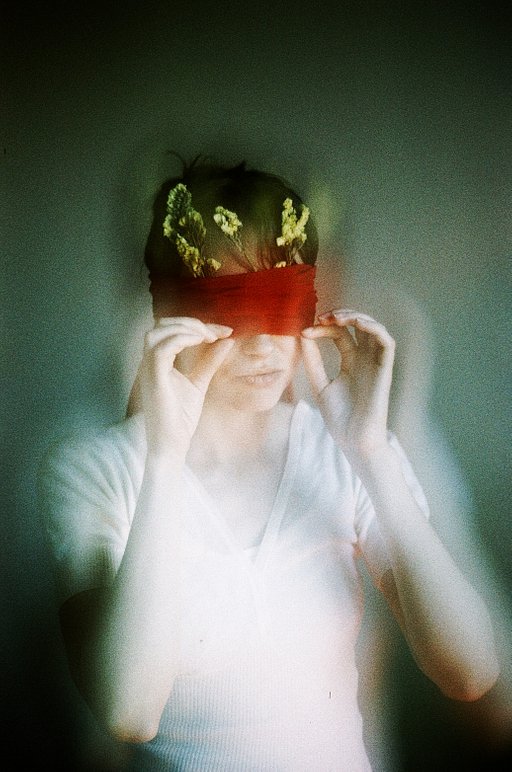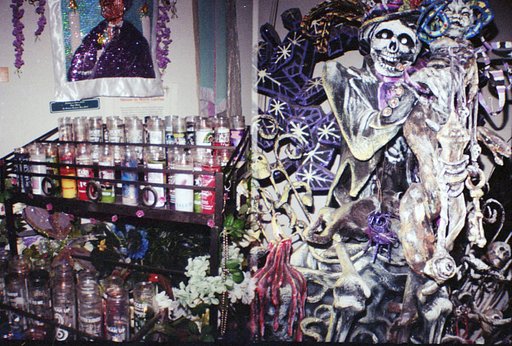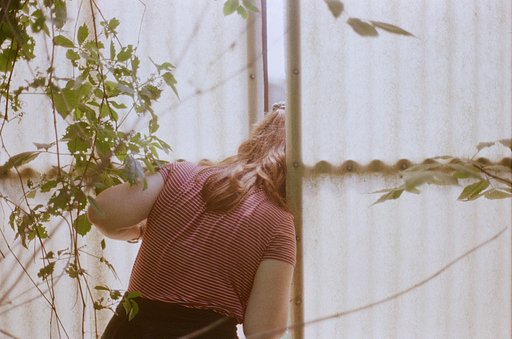The Pursuit for the Spirit of Jiu Valley: An Interview with Gabriel Amza
2 21 Share Tweet“Genius Loci – The distinctive atmosphere or pervading spirit of a place; The guardian deity of a place.”
It is this intriguing term that sets both the title and mission to Gabriel Amza’s photographic project. One extensive visual documentation of the once thriving Jiu valley in Romania and the lives of its remaining inhabitants, while pursuing the seemingly ineffable to many: the true spirit of a place, its Genius Loci.

Tell us a bit more about Jiu Valley.
The Jiu valley lies in the Carpathian Mountains in Romania. It became a hub of coal mining during the industrial revolution. The valley’s population and wealth kept on growing until the early 90s, after the fall of the communist Ceausescu regime. Since then it started its economical descent, partially due to the fact that it couldn’t compete with coal prices on the free market, and partially because of political issues, of which the most mentionable are the Mineriade in the 90s, when the miners were used as political pawns to put down student protests in the Romanian capital of Bucharest. This has caused the valley and the miners that work there to have a bad reputation throughout the country.
What attracted you to photographing this place?
I first came across the Jiu Valley when I started college, about seven years ago. It was about the time I started taking a very serious interest in photography. My first trip to Petrosani, the largest city in the valley, was part of a student photography retreat. The valley was an amazing photographical treasure trove: so many photographical possibilities. I could tell it was a great subject for a project but I wasn’t skilled enough to capture them properly. For about 5 years I kept thinking back to it. During the second year of my MA in photojournalism at Mid Sweden University, I figured it would be a great subject to test my mettle on, and it proved to be a project I became fascinated with.

You portray great buildings and landscapes, but most of them are abandoned now. How is the life in an area that, seemingly, sees little innovation or flashes of new life?
Life is hard both economically and spiritually. It is hard to make a living, and areas of it are slowly devolving into slums as businesses close, and many people can’t find jobs. Many people have told me that they find it hard to live there, due to the lack of future prospects, but of course it is their home, so many find it hard to leave. Some are content, or happy. The area is changing and evolving, one day it might explode into industry again, or it might switch to something else, investments are being made to encourage tourism in the area, for example. Life finds a way, in my experience.

How important is it to visually document areas as this one?
I believe it is very important from a historical perspective to have documentary photo projects of social change. It offers people a connection to the place, and to the people that make their lives there. It offers context and the opportunity to see experiences that may be far from your own.

What is your routine when shooting at the valley? How much time would you spend there? Where would you stay?
I would normally have a week or so of planning and research, followed by a week or two of shooting while living in the valley (usually through couch-surfing). During the planning stages I research possible subjects, and try to get as much context as I can. From that I make a shooting schedule so I have a plan that I can use as a guideline, and I make sure to not waste time in case I hit a dead end. When I’m shooting, I would usually start of from my shooting schedule and see where it takes me, which usually ends up far more interesting than I could hope. After a week or two of shooting, I usually leave the valley so I can get some distance and edit the work down. It’s a puzzle one slowly builds up, without knowing how many pieces there are. It’s all about finding an edge and a corner to help you make sense of it. I look at what I have and from that comes a new plan, and the saga continues in the same manner.

Have you faced any particular difficulties during this project?
The biggest difficulties have been sorting out travel arrangements on a very shoe-string budget, which takes quite a bit of time and energy, and of course paperwork for access has sometimes been a nightmare: The presence of journalists is not encouraged in the mines, and the underground is technically a state secret, thus, I would often get brick-walled when asking for access to the mines themselves.
You are used to shooting both on film and digital. How do you feel the two differentiate from each other regarding the final results of the images?
Dealing strictly with 35mm film vs digital: Digital is considerably cheaper in the long run, and modern ISO is great, since I often shoot in very dark environments. Digital is also much easier to work with and film simulation software such as VSCO, if used correctly, will create a consistent aesthetic for various bodies of work. For me that aesthetic, of films such as Ektar, is one of the great things about analogue photography: how the choice of film affects the feel of a project. Of course, the digital must be treated with care in post-production to get something similar, otherwise it can feel fake, even kitch.
Currently I work with the Fuji X system and a Sinar 4/5, so the differences are quite huge in terms of final image results. I love taking a long time with a large format camera where I have perspective control, and the quality is considerably better than my digital system, but for me, it is about the ritual: Film puts me in a different state of mind, slower, more contemplative, where I am not rushing towards anything, and I take my time. With digital, it can get too fast and loose if you aren’t careful. I found that the fuji x100s, which feels like a film camera, slows me down to a more decent pace, and because I can treat it like a film camera, I don’t chimp, I don’t fire random bursts, I can take my time and do things properly.

Being a photojournalist, what for you are some crucial elements to capture on an image?
I want an emotional and intellectual dialogue to happen between the viewer and the photograph. If there is anything that I think is crucial, it is a first emotional punch to images, that makes the viewer stay in it long enough to have the intellectual dialogue, to see all the details I would like people to see and of course, the composition and the elements in it must talk using an appropriate language, like a good poem, if that makes sense.

What do you hope people will take from this collective of images?
That’s up to them, really. If I’ve done my job right as a photographer, they’ll figure it out by themselves, and if I haven’t, then no amount of words will make their conclusion better. If there is anything I want people to get from my images, is a better and more empathic understanding of the world, and the people that make their life in it.

Have you set any timeframe for this project? Do you think you will be concluding it in the near future?
I don’t think projects ever really end, since you can never fully tell any story. It isn’t how life works in my opinion. Eventually you just decide it is good enough to publish, and other projects take its place in the forefront of one’s mind. But you might always come back to it after a while.

Where is the Genius Loci of the Jiu Valley?
Well, after a year and a half or so of working on the project on and off, I can say I’ve mostly only noticed its absence. It’s easier to notice the places and moments where it isn’t as the cohesion of the communities is being torn apart by economic strife, but it’s still there. I think I’ve caught my best glimpse of it during my last trip there this summer, for the Underground Theater Festival in Petrila. The plays were put on in the partially closed Petrila Mine. It was in the dialogue of the actors with the audience and their environment. It was there even as bulldozers were getting ready to tear down the mine. The life and the loss were, more visible than ever, concentrated around the stage. The Genius Loci is still in there somewhere.

See more of Gabriel Amza’s work on his Photography Blog or Facebook Page, and find out how to support this photographer’s Projects.
2015-09-13 #people #romania #documentary-photography #gabriel-amza
















2 Comments